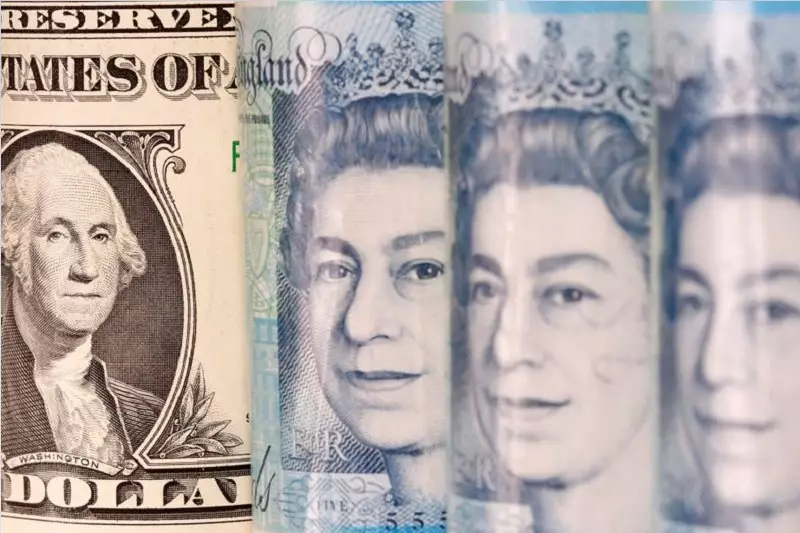The U.S. dollar experienced fluctuations in trading on Thursday, despite maintaining close to a one-week high following the release of hawkish minutes from the Federal Reserve meeting. The Dollar Index, which tracks the greenback against a basket of other currencies, saw a slight decrease of 0.1% to 104.705 after experiencing a 0.3% increase overnight. The discussion among Fed officials about the potential need for further interest rate hikes to combat inflation has led to uncertainty in the market. While some Fed members expressed concerns about the level of inflation, it is uncertain whether the central bank will take further action.
European Markets Reacting
In Europe, the GBP/USD pair rose by 0.1% to 1.2730, showing resilience in the face of U.K. inflation data that was lower than expected. Prime Minister Rishi Sunak’s announcement of a national election has also contributed to the uncertainty surrounding the British pound. Despite the uncertain political landscape, the pound has shown stability, indicating that the market has already factored in potential risks associated with UK politics. The EUR/USD pair traded 0.2% higher at 1.0839, driven by positive business activity data in the eurozone. The European Central Bank’s decision to begin a rate-cutting cycle has influenced market expectations for further changes in monetary policy.
Asian Markets Remain Steady
In Asia, the USD/JPY pair remained relatively flat at 156.76, following positive manufacturing activity data from Japan. The PMI data indicated an expansion in manufacturing activity for the first time in 11 months, contributing to stability in the currency pair. The USD/CNY pair traded 0.1% higher at 7.2443, just below a six-month high, as Beijing imposed restrictions on certain U.S. firms involved in trade with China. The military drills carried out by China near Taiwanese territory have raised concerns about escalating tensions in the region, impacting currency markets.
The impact of economic data on currency markets is evident in the fluctuations seen in major currency pairs. The uncertainty surrounding U.S. interest rates, U.K. politics, and geopolitical tensions in Asia has led to volatility in trading. Central bank decisions, economic indicators, and geopolitical events will continue to influence currency markets, making it essential for traders to stay informed and adapt to changing market conditions. As the global economy faces ongoing challenges, including inflation concerns and geopolitical risks, currency markets will remain sensitive to economic data releases and geopolitical developments.

